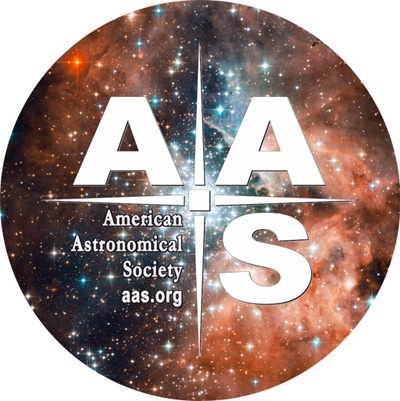14 October 2020
Susanna Kohler

Artist’s impression of the gas-giant planet K2-132b closely orbiting its host, a red-giant star. [Karen Teramura, UH IfA]

A star like our Sun is destined to end its main-sequence lifetime by expanding to hundreds of times its current size, evolving into a red giant. But when this apocalypse comes, not all of the star’s planets are doomed! A new study shows how some planets can influence the fates of their siblings.
Surviving the Apocalypse
Six billion years into our future [some say three billion years], the Sun will grow in size until its scalding surface reaches roughly the orbit of Earth, engulfing Mercury and Venus in the process [some include Earth with Mercury and Venus] . And our own inner planets aren’t the only ones under such a threat — close-in planets around Sun-like stars throughout the universe share this apocalyptic fate.

Artist’s illustration of a red-giant star ejecting gas and dust. [JAXA]

But while the innermost planets of such systems will certainly be swallowed or vaporized, and the outermost planets will be largely unfazed by the drama in the distant inner solar system, the planets in between these extremes — at orbital distances of a few au — face a more uncertain future.
Now, new research led by María Ronco (Millennium Nucleus for Planet Formation and Pontifical Catholic University of Chile) suggests that the fate of these middle-ground planets depends strongly on their siblings.
Sibling Rivalry
A number of previous studies have explored the conditions under which planets can survive their hosts’ evolution through the red-giant phase to a white dwarf, but these studies have primarily focused on the outcomes for a single planet trying to ride out the apocalypse.
Ronco and collaborators instead explore how two planets — an inner Neptune-mass planet and an outer Jupiter-mass planet, both orbiting within a system at distances of a few au — might affect each other during their host star’s evolution.

Want to test your luck in different scenarios? This grid outlines the fate of the Jupiter-mass planet (large squares) and Neptune-mass planet (small inner squares) as a function of their initial semi-major axes in the authors’ simulations. The dashed lines show mean motion resonances. Two particular cases are circled, wherein the presence of the outer planet changes the fate of the inner Neptune-mass planet. CreditRonco et al. 2020.
With a Little Help
When a star expands to red-giant size, there are two primary effects that can impact planetary orbits: tides induced on the star, which can reduce and circularize the planet orbits, and mass loss from the star, which can expand the planet orbits. But Ronco and collaborators’ models show that when more than one planet is present in the system, the interactions between these planets can have equally important effects on their eventual orbits.
In particular, when both planet orbits are near a mean-motion resonance (i.e., when their orbits have integer ratios, like when one planet orbits twice for every three orbits of its sibling), the Neptune-mass planet is excited to a more eccentric orbit. This has dramatic consequences: for Neptunes that, alone, might have survived the red-giant evolution of their host, the presence of the outer Jupiter can cause them to be engulfed. Similarly, for Neptunes that might have been engulfed alone, the presence of the Jupiter can save them from being swallowed.
Ronco and collaborators’ work demonstrates that when a star evolves through the red-giant phase, the gravitational interactions between its middle-distance planets play an important role in the planets’ survival or destruction. As we continue to explore these influences, we’ll be able to better understand the fates of solar systems like ours and what to expect for planetary architecture around evolved stars.
Citation
“How Jupiters Save or Destroy Inner Neptunes around Evolved Stars,” María Paula Ronco et al 2020 ApJL 898 L23.
https://iopscience.iop.org/article/10.3847/2041-8213/aba35f
See the full article here .

five-ways-keep-your-child-safe-school-shootings
Please help promote STEM in your local schools.

AAS Mission and Vision Statement
The mission of the American Astronomical Society is to enhance and share humanity’s scientific understanding of the Universe.
The Society, through its publications, disseminates and archives the results of astronomical research. The Society also communicates and explains our understanding of the universe to the public.
The Society facilitates and strengthens the interactions among members through professional meetings and other means. The Society supports member divisions representing specialized research and astronomical interests.
The Society represents the goals of its community of members to the nation and the world. The Society also works with other scientific and educational societies to promote the advancement of science.
The Society, through its members, trains, mentors and supports the next generation of astronomers. The Society supports and promotes increased participation of historically underrepresented groups in astronomy.
The Society assists its members to develop their skills in the fields of education and public outreach at all levels. The Society promotes broad interest in astronomy, which enhances science literacy and leads many to careers in science and engineering.
Adopted June 7, 2009
